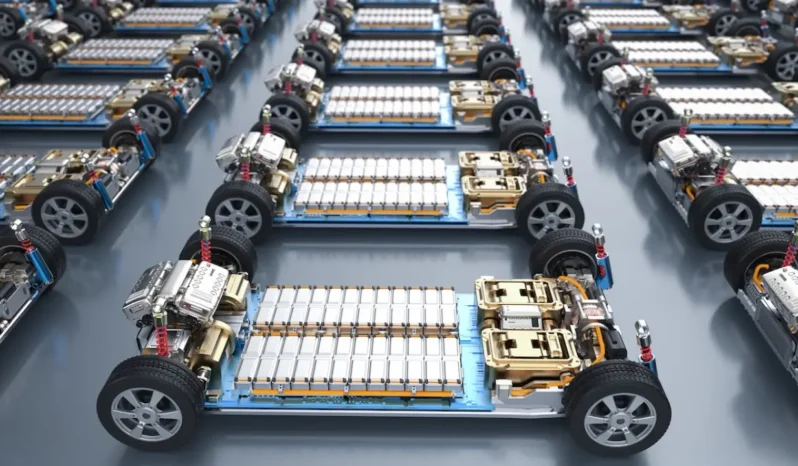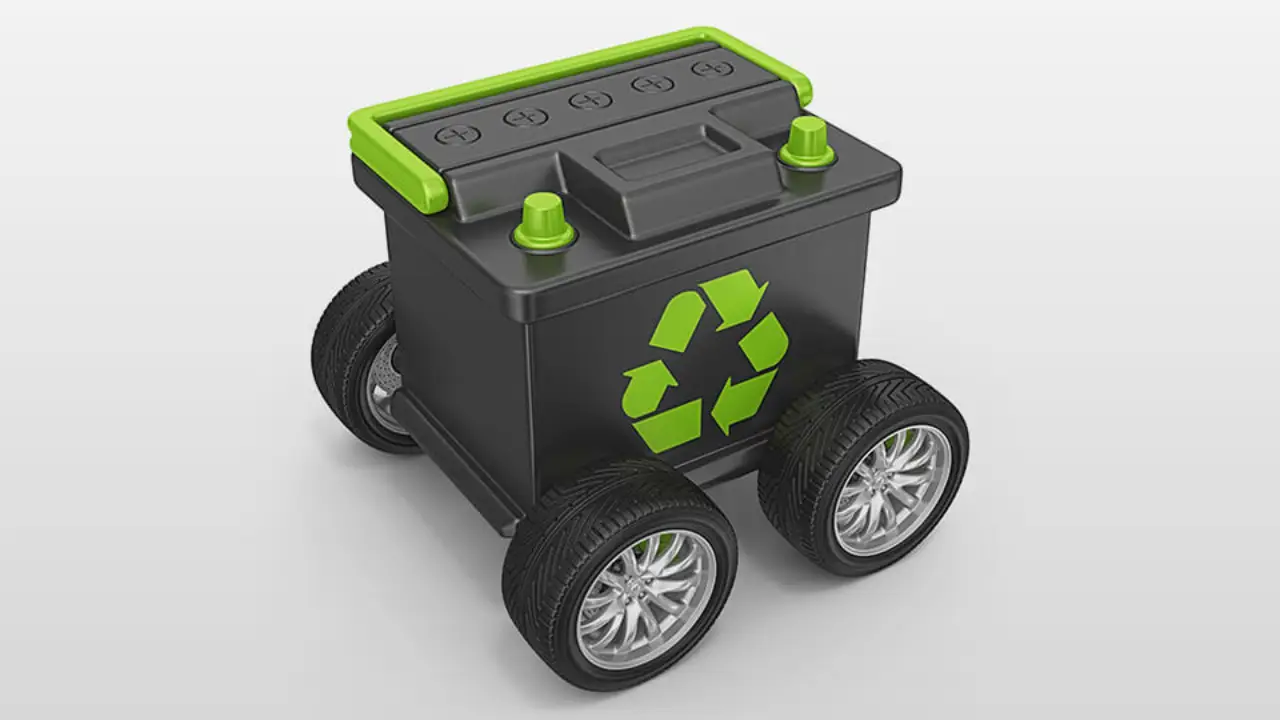The EV revolution is changing the global transportation landscape. As governments and consumers increasingly focus on sustainability, the sale of electric vehicles rises. But with this trend accelerating, there is an evident major challenge: the disposal of EVs at the end of their life cycle. Millions of such electric vehicle batteries will retire over the next decade. Efficient battery recycling strategies are what sustainability and economic viability require.
Why Recycling Electric Vehicle Batteries Is Important
Environmental Protection
- EV batteries, which are mostly lithium-ion, contain dangerous substances like cobalt, nickel, and manganese. If insecurely disposed of, it can threaten to leak into the soil and groundwater, causing harmful pollution of the ecosystems. Recycling minimizes such risks since it ensures responsible treatment of the material and eliminates toxic materials from entering ecosystems.
Resource Conservation
- The International Energy Agency estimates up to 95% of the elements contained in batteries can be recovered through recycling. Recycling contributes to reducing the environmental impact of mining and provides some market stabilization for critical raw materials.
Economic Opportunities
- The economic implications of recycling EV batteries are deep. Recovery of materials from spent batteries can reduce production costs by as much as 43%. In addition, a healthy recycling industry can provide jobs and stimulate economic growth in the form of a circular economy that supports sustainable growth.
Existing EV Battery Recycling Techniques
- Hydrometallurgy: This extraction method employs an aqueous solution. Dangerous chemicals must be handled cautiously.
- Pyrometallurgy: Pyrometallurgy means the smelting of batteries at high temperatures to recover metals, such as copper and cobalt. It is highly efficient but very inefficient for the recovery of lithium and aluminum.
- Direct Recycling: The more recently developed direct recycling retains the cathode material structure so that these can be reused in new batteries. This may lead to increased recovery rates and lower reprocessing costs.
Challenges in EV Battery Recycling
- High Expenses: Recycling processes demand expensive equipment and complex procedures. To date, only about 5% of lithium-ion batteries are recycled in the world.
- Lack of Standardization: There are inconsistent methods of battery capacity and recycling readiness, which complicate the designing of good systems. Standards need to be followed in order to manage this recycling effectively.
- Infrastructure Deficit: There is often a lack of organized systems for the collection and recycling of batteries. In India, informal practices of recycling dominate, posing danger to the environment and lost economic potential.
Innovative Solutions for Future Sustainability
- Second-Life Applications: Before recycling, EV batteries can be used for a secondary purpose, such as energy storage systems or backup power supplies. Extending the battery life reduces waste and delays recycling.
- Design for recyclability: Incorporating recyclability into the design of batteries from the outset would simplify disassembly and material recovery. Collaboration between manufacturers and policymakers would drive this shift.
- Investment in R&D: Continuous investment in the R&D sector can unlock affordable recycling technologies. Public-private partnerships will accelerate innovation, allowing for breakthroughs in processes such as direct recycling and alternative chemistries.
- Circular Economy Models: A ‘zero-waste’ approach with a circular economy ensures continuous reuse of materials. Companies like Tesla set the benchmarks on closed-loop systems where material can be recycled through production as many times as possible.
ELCTRIK Speaks
With a burgeoning market in EVs, the challenge of recycling batteries is no longer optional but rather pressing. The key to succeeding along the pathway to mitigation of environmental impacts through unlocks of economic opportunities rests on embracing new technologies, fostering standards, and commitment toward a circular economy. This revolution in the name of energy change can only transform transport through the right form of battery recycling.







